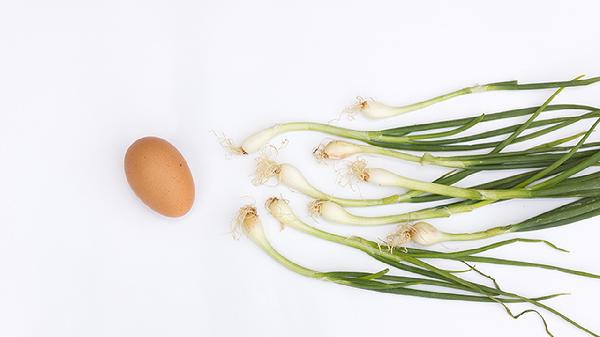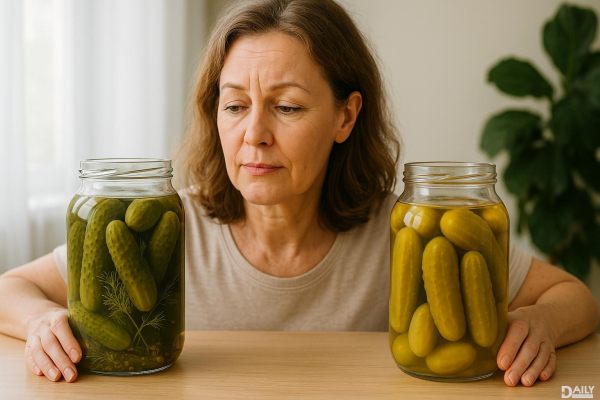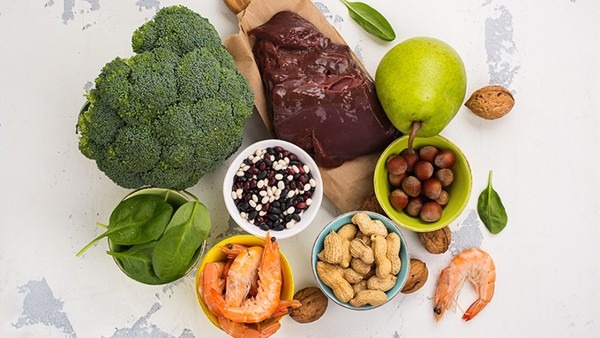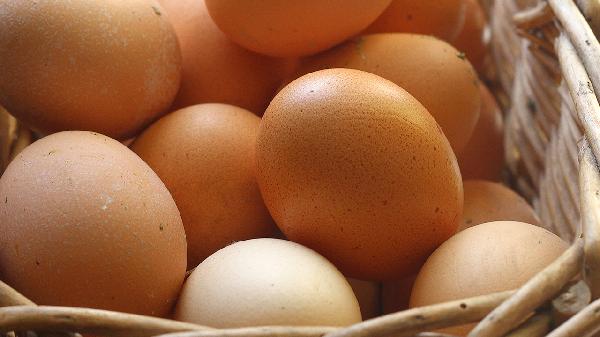Is It Safe to Eat Eggs with Blood Spots?
Let’s be real—cracking open an egg and seeing a tiny red splotch can be a little unsettling. Your brain might jump to worst-case scenarios: Is this a baby chicken? Did something go horribly wrong? Should I toss my breakfast and order takeout instead?
First, take a deep breath. Blood spots in eggs are way more common than you think, and no, they’re not a sign that your egg was fertilized or that the chicken had a bad day. They’re just little ruptured blood vessels that happened during the egg’s formation—kind of like a tiny bruise. And just like a bruised banana is still perfectly edible (if a little ugly), eggs with blood spots are totally safe to eat.

Why Do Blood Spots Happen?
Picture this: A hen’s ovary is like a factory where eggs are made. Sometimes, during the process, a tiny blood vessel can burst, leaving a small red or brown spot in the yolk or white. It’s not because the chicken was stressed, injured, or living in poor conditions—it’s just one of those random things that can happen, even in the healthiest, happiest free-range flocks.
Factors like sudden changes in lighting, temperature shifts, or even seasonal transitions can make blood spots more likely. But here’s the kicker—most commercial eggs go through a process called candling, where they’re held up to a bright light to check for imperfections. Eggs with noticeable spots usually get filtered out before hitting store shelves. That’s why you’re more likely to see them in farm-fresh or backyard eggs—those don’t always get the same level of inspection.
So, Can I Eat It or What?
Short answer: Yes. The USDA says eggs with blood or meat spots are safe to eat—they don’t affect flavor, texture, or nutrition. If the sight of it bothers you, you can easily scoop it out with a spoon or fork before cooking.
Katie Kriner, a farmer and nutrition expert, puts it bluntly: "Cook 'em like normal. It’s just a cosmetic thing." She eats eggs with blood spots all the time and hasn’t noticed any difference.
But here’s where it gets interesting—while you can eat them, farmers often can’t sell them. Gabriel Jiminez-Brown, a Georgia-based farmer, explains that eggs with blood spots are usually kept for personal use because selling them can raise liability concerns. So if you’re buying from a small farm or farmers’ market, don’t be surprised if you spot one (pun intended).
What About Those Green-Ringed Hard-Boiled Eggs?
Since we’re on the topic of weird egg discolorations, let’s address another common concern: that funky greenish-gray ring around hard-boiled yolks. That’s just a harmless chemical reaction between sulfur (in the egg white) and iron (in the yolk) when eggs are overcooked. It might look a little alien, but it’s still safe to eat. To avoid it, stick to proper boiling times and cool your eggs quickly after cooking.
The Bottom Line
Blood spots in eggs? No big deal. They’re not a sign of anything sinister—just a quirk of nature. If you’re squeamish, remove them. If not, scramble, fry, or bake away without a second thought. And if you ever crack open an egg and find something truly bizarre (like a double yolk or a weird texture), that’s a whole other conversation—but for now, rest easy knowing that a little red spot isn’t ruining your breakfast.
Now go enjoy those eggs—spots and all.
























